15 best Shopify marketing strategies to help your e-Commerce business thrive in 2021
Shopify is a great eCommerce platform for setting up an online store. Setting it up is a snap, and it has all the key features you’ll require. Getting people to visit a Shopify site is easier than building one from scratch. There is a positive side to this, as you are free to experiment with marketing strategies that may not be successful for other sellers and tailor them specifically for you.
However, getting a lot of traffic to your Shopify store when you’re just starting is difficult. While the internet is full of information on eCommerce marketing strategies, it’s rare to come across one that has revenue as its primary goal for your Shopify business. We’ll walk you through some best eCommerce marketing strategies for Shopify stores you’ll want to use in 2021. When it comes to selecting the right tools and strategies for your business, we will show you how other companies have been successful.
Why should you use Shopify to build your e-Commerce business
To be successful with Shopify, you need a solid marketing strategy, regardless of whether you’re a new merchant or an established brand in your industry. Shopify, in particular, can be advantageous to your company in several ways.
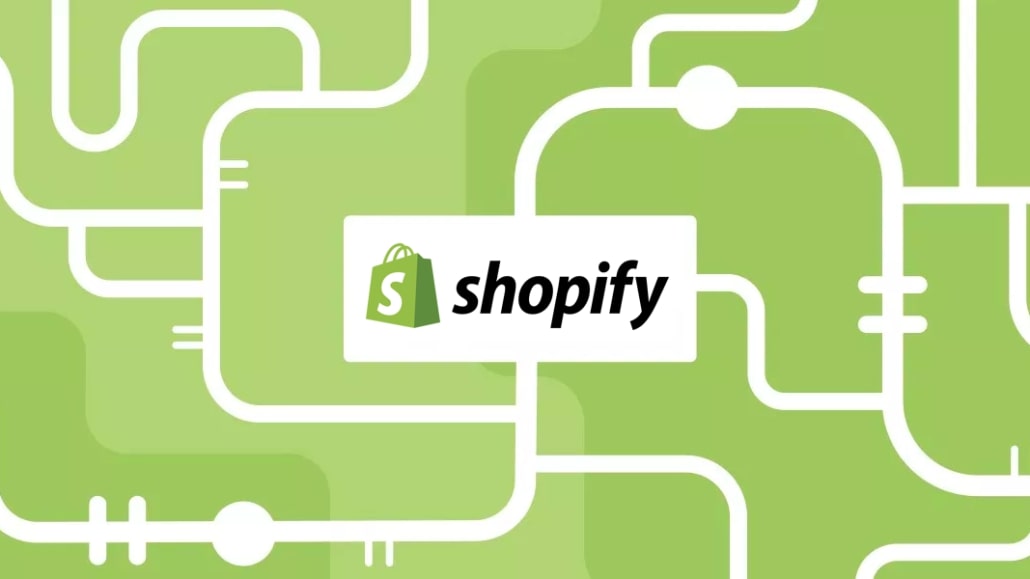
Ease of use
Shopify is a good choice if you don’t have experience in web development or the resources to hire a team of engineers. Storefront templates (referred to as ‘themes’) range from simple to complex, depending on your needs. By using one of these themes, you can create a site that looks amazing, establishes credibility with your customers, and delights them with a wonderful user experience.
Just pick a design you want, add your products and content to the sections, and you’re ready to go! No files need to be stored on the server because Shopify is a hosted platform.
Various SaaS service integrations with apps
SaaS service providers like Shopify because of their familiarity with monthly billing. The reason for this is that on Shopify, new innovative services are often always found first before anywhere else, and many of them provide good free plans to get you started.
Because individuals who use e-commerce competitor platforms don’t pay monthly membership rates, SaaS businesses also dislike them. As a result, many useful services are missing from these software platforms.
Along with providing a platform for creating an online store and managing payments, Shopify also gives you access to other tools that can help your business succeed. Each one can be customized to fit your company’s specific needs.
Advantages of marketing and SEO
Shopify’s SEO success comes from a combination of the software’s flexibility and the marketing and SEO expertise of the site’s staff.
A fantastic feature of Shopify’s SEO is that it lets you update meta tags, add essential tags, and place catalogs in a search-engine-friendly way. There are some solid ways to optimize the content on Shopify, but as previously stated, some knowledge of SEO is essential to get the most out of this.
Cross-selling channel
Using the Shopify Facebook App, it’s incredibly simple to sell products across several channels and platforms with Shopify. It is possible to sell on other sites such as Wanelo and Pinterest in addition to those mentioned above. All of this is necessary to assist online retailers in expanding their target market and increasing sales
15 Best Shopify marketing strategies to grow your e-Commerce business in 2021
You must focus on techniques of growth to attain constant success by consolidating your marketing tactics. While it may not be as fancy as following the latest trends and attending marketing masterclasses, this is what will deliver you the best results in the long run.
Use chatbots to improve customer service
Making genuine money with your Shopify store begins with treating every visitor as a valued member of your business. They are capable of quickly responding to customer questions and complaints and resolving them.
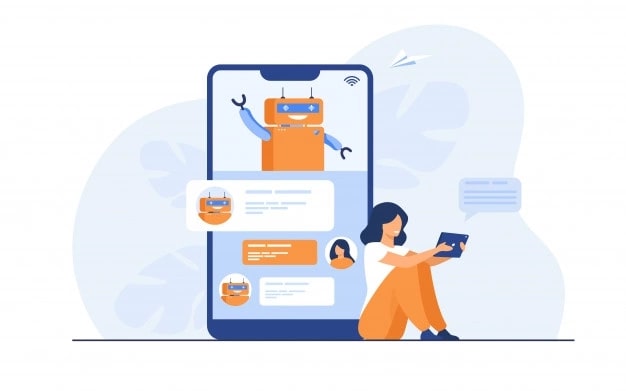
Customers won’t have to wait in a phone line for an hour to get important information if you use a FAQ chatbot on your website (a special type of chatbot that answers basic questions, like shipping charges, for example).
It is possible to design customized offers based on client preferences, historical purchase behavior, or online activity on your site with the use of chatbots to help sell your products and to target them with offers right away or the next time customers visit your business. This tool helps to classify and segment your consumers so that customized email campaigns can be sent to them with just one or two clicks of a button.
For example, interviewees’ responses regarding their skin and overall preferences help identify the correct skincare products from Vichy’s cosmetics collection.
Encourage user-generated content
User-generated material has two distinct advantages. One of the biggest advantages is that you don’t have to do anything to get started building a brand. Second, customers who create content about your business are a type of social proof as well as a recommendation for your products or services.
User-generated content aids in increasing brand awareness, attracting new customers, and ensuring your presence on social media platforms remains active. It is possible to solicit user-generated content in numerous ways. In the form of video testimonials, thorough social media reviews, contest submissions, or even comments on your postings, customers can demonstrate their experience with your product.

Muji, for example, offers a wide range of writing instruments, such as pens and notepads. Contestants were encouraged to share their best works of art created with Muji pens on Instagram, and then their followers may vote for their favorites. More than 3,000 posts with the Muji hashtags were generated as a result of the campaign, which continued indefinitely. Even though the contest was over in 2016, people are still using the hashtag to share their best user-generated content.
Use SEO to get your business well-known
There is a common misconception among eCommerce store owners that search engine optimization can only be achieved by constantly developing blogs. When it comes to eCommerce digital marketing, SEO is still the go-to method, and it should form the basis of any comprehensive Shopify marketing plan.
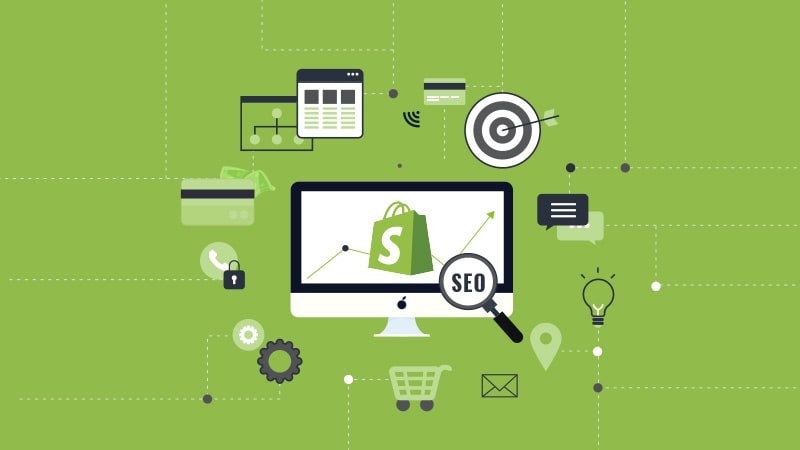
This is because organic traffic and sales are unmatched. The value of having your website appear when a user types in a certain product is immense. The top rankings in Google right now are unrivaled in the world of marketing, according to this reasoning. You’ll gain more recognition in your niche as your website and branding appear more frequently in Google search results. On-page SEO, keyword research, and an effective linking strategy are all effective ways to achieve this.
Here are a few general rules to remember:
- Investigate keywords thoroughly, taking into account all of the aforementioned aspects (your industry, your customers’ shopping habits, and the search intent of your potential customers).
- Create a strategy for your online content based on these key phrases. For this to work, the keywords must be included on relevant pages of your website, in optimized blog posts, and the meta titles and descriptions.
- Long-tail keywords are also important because they are more likely to be utilized by customers who are ready to make a purchase.
- Improve the speed of your site to avoid having visitors leave because of long load times and poor search results.
- Make sure all of your site’s images are optimized
- Shopify has built-in SEO elements including URL structure and meta title and description for each page, as well as ALT text for all photos. Make use of these capabilities.
- Try to be as descriptive in the description to cover as many important keywords as possible.
- Link all of your website’s product and category pages together.
Invest in marketing to the local community
Community marketing and social media marketing are frequently conflated. To be more precise, online forums and groups composed of aficionados of a particular issue are where brands communicate with their customers or potential customers.
These groups may be found on Reddit or elsewhere on the internet, such as Facebook groups, Quora, or community blogs. It may help you find customers faster if you create and sell candles, for example.
You may also improve your brand’s reputation by producing helpful information regularly that benefits the relevant members of the community. You’ll be able to sell more products if your customers believe in you. Furthermore, it’s free to use and can help your Shopify business generate a large number of word-of-mouth sales.
Create a Facebook business page
Despite numerous algorithmic adjustments that have reduced Facebook’s organic reach, the site remains one of the most promising places to sell Shopify products. With the ability to create a dedicated store within the brand’s profile on Facebook, retailers may make a lot of sales. Shopify businesses can seamlessly link with Facebook stores, which eliminates the need for separate inventories for sellers.
When you connect Shopify and Facebook, all of your products are automatically linked to your Facebook store. With the ability to integrate the platforms, sellers can acquire a better understanding of how people interact with their business and which events occurred as a result of Facebook advertising. The data produced by integrating Facebook and Shopify can also be used by retailers for the creation or expansion of Custom Audiences for ad targeting.
For the most part, Facebook reviews and approves stores in up to 48 hours. You’ll be alerted by email and on your Shopify admin panel when the review is finished.
Set up an Instagram account for your business
You can create an Instagram store in the same way you can on Facebook. As a result, Instagram users can browse and shop from your catalog without ever leaving the app.
Create a shoppable Instagram feed
All you have to do is create a Shopify store and link it to your Instagram business account. After that, you’ll want to link your Instagram account to your Facebook profile, upload your product catalog, enable the shopping option, and you’re all set!
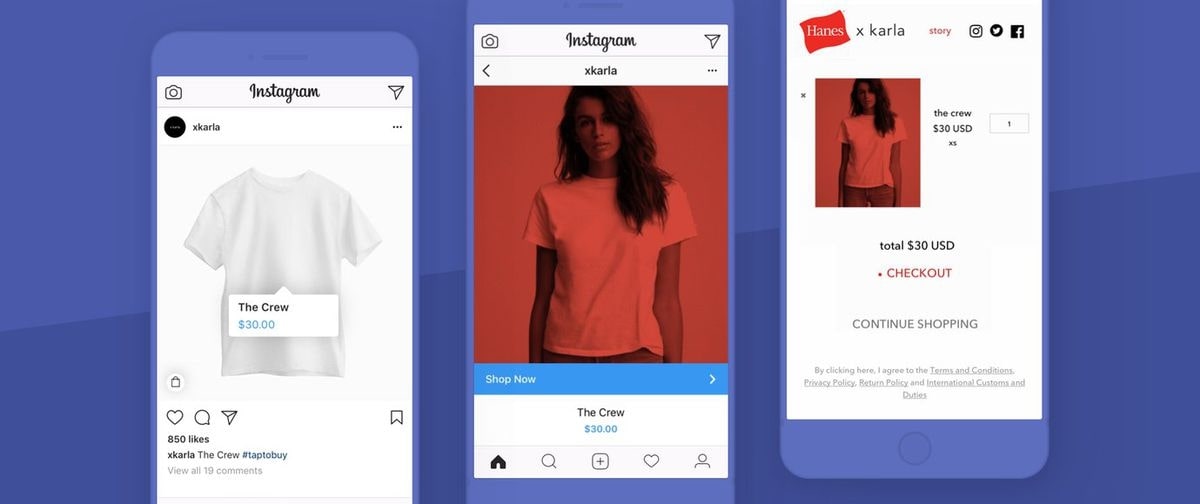
You are now ready to start selling your products on Instagram by adding product tags to your photos and videos. Additionally, you can select the appropriate stickers from the sticker tray to incorporate items from your catalog in your Instagram stories. Your followers will be able to shop for their favorite items when they click on your article.
Take advantage of the latest social media trends by using Instagram Reels
You don’t have to spend a lot of money on product videos, how-to tips, or even entertaining content for your Shopify store if you use Instagram Reels and TikToks. The inbuilt capabilities of the two apps make it simple to make micro-videos. A smartphone, an eye on current trends, and, of course, clarity about what you want to present to your audience is all you need.
You may, for instance, produce a little movie to convey more information about your company. To make a short Reel, simply take some photos of your items, your workstation, or even yourself.
Make a brand-specific Instagram filter
Instagram’s filter options are among the most popular. Every Instagram post, from selfies to posts, Reels, and IGTV movies, uses filters to improve the visuals.
When it comes to creating presets, anyone with a little artistic flair may develop their own Instagram filter and let others market it for them. It’s as simple as tagging your product with the phrase “made by” to spread the word as more people use your filter and ultimately find you on Instagram.
Produce Video Tutorials for Your Products
Social media’s rising popularity has boosted people’s everyday video consumption. The video craze has taken over the internet. People prefer watching a video to going through a long list of pictures to learn more about a product. As a result, you’ll be able to show the world which things you offer on Shopify.
They’re an excellent marketing tool for business owners since they appeal to a wide range of customers, build trust, and promote long-term relationships. In particular, you should focus on these three areas. Included in this list are things like learning about video SEO, picking the best distribution channel, crafting an effective video summary, and making a clickable video thumbnail.
Run a rewards program for customers
To keep your current customers from switching sides, you must implement a customer loyalty program from the outset. If they like what they see, they’ll keep coming back to your store to buy more things.

Customers who enroll in a loyalty program receive points or store vouchers for each purchase they make from you. Customers love loyalty programs because they incentivize repeat purchases. More than three-quarters of customers would prefer to buy from companies that offer incentives over those that don’t offer any.
When designing a loyalty program, keep in mind that customers don’t want something overcomplicated or inconvenient. They’ll be able to see right away if a program isn’t actually for their benefit.
The more you reward your customers for their participation, the more likely they are to sign up for a subscription, make their first purchase, and share their evaluations, as well as mention your business in social media posts.
Make your Shopify marketing efforts more efficient by automating them. Using Shopify’s apps and integrations, you can automate the majority of your tasks. As a result, you can concentrate on growing your business, while manual or repetitive duties are handled automatically.
Automate Shopify marketing effort
Send automated reminders via email, web push, SMS, or even Facebook Messenger to customers who placed items in their cart but did not finish the purchase. Shopify cart recovery solutions like Firepush, CareCart, and Recart may help you automate online push notifications, email reminders, and Messenger reminders.
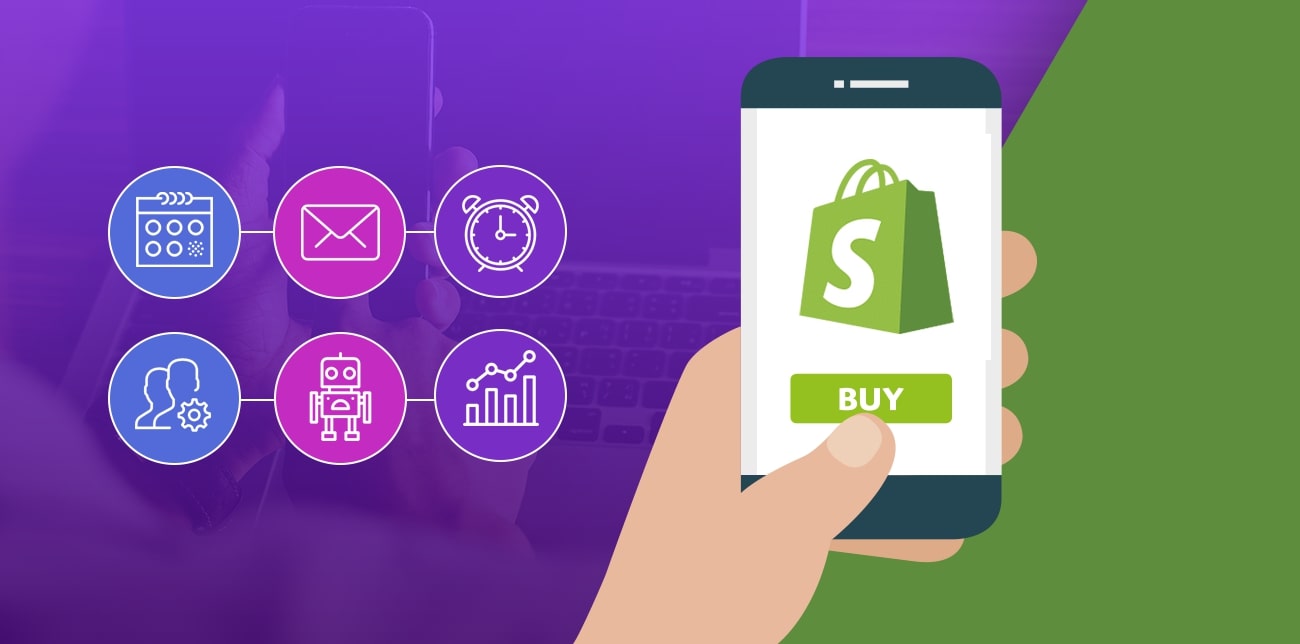
-
Engagement - Automate retargeting, remarketing, and communication via emails, web push, and other channels to keep your store visitors and subscribers engaged. There are numerous Shopify apps for everything, from greeting emails to product updates.
-
Social media - You can post your products on social media with a single click by integrating your Shopify store with Twitter, Instagram, Facebook, and Pinterest. To make your inventory available for sale on social media, you can set up Shopify applications on Facebook and Instagram. These apps will automatically update your inventory on the two sites.
-
Program management - Slack, Trello, Google sheets/docs, and every other app you use for program management may be integrated with your Shopify store to keep track of your projects and sales and marketing operations, customer management, and much more.
Implement referral programs
With a referral program, your customers are rewarded with points or store credits in exchange for suggesting other people to your store. Of course, they only get paid if the suggested customer signs up or makes a purchase in your Shopify store.
Using this marketing method won’t cost you a lot of money. At the same time, it sends targeted traffic to your store, which has a higher chance of resulting in a sale.
Creating a referral program on Shopify is simple. There are numerous apps available to assist you in setting everything up. Referral marketing requires a few things from you to be successful, including:
- Learning what makes your consumers want to tell their friends about your brand.
- Making sure you have a positive shopping and product experience
- Promoting your program activities through all platforms should be a priority.
Send wishlist reminder emails
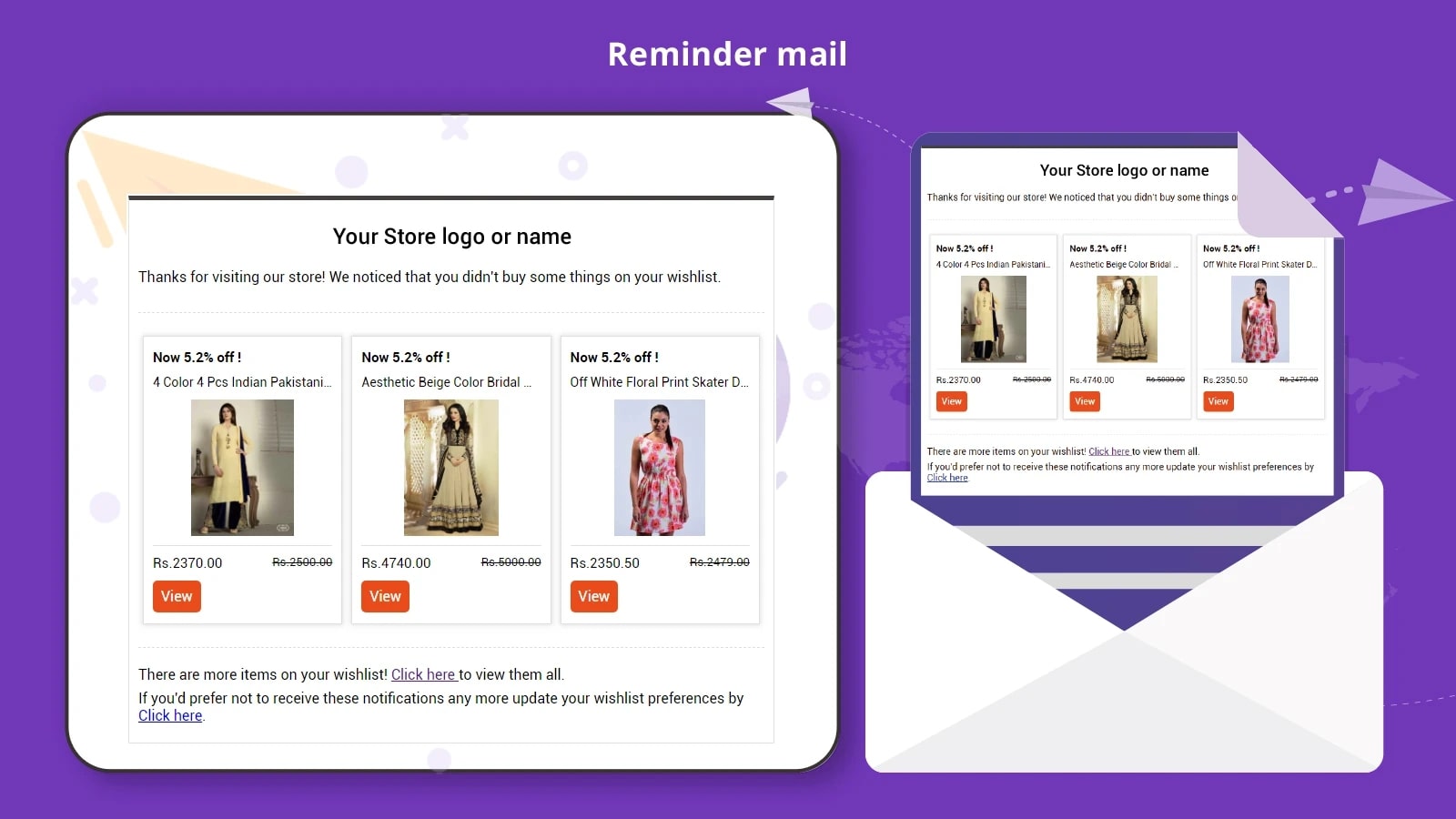
A lot like abandoned cart emails, wishlist reminders look and feel the same. Each is intended to make customers think about a specific product, which will lead them to take action and make a buy. Additionally, these are effective strategies for boosting eCommerce revenue.
Consumers are more likely to return to a shop’s online store if the retailer uses Shopify marketing applications, such as a wishlist or personalized emails like “price lowered” or “low-in-stock.”
Leverage SMS marketing
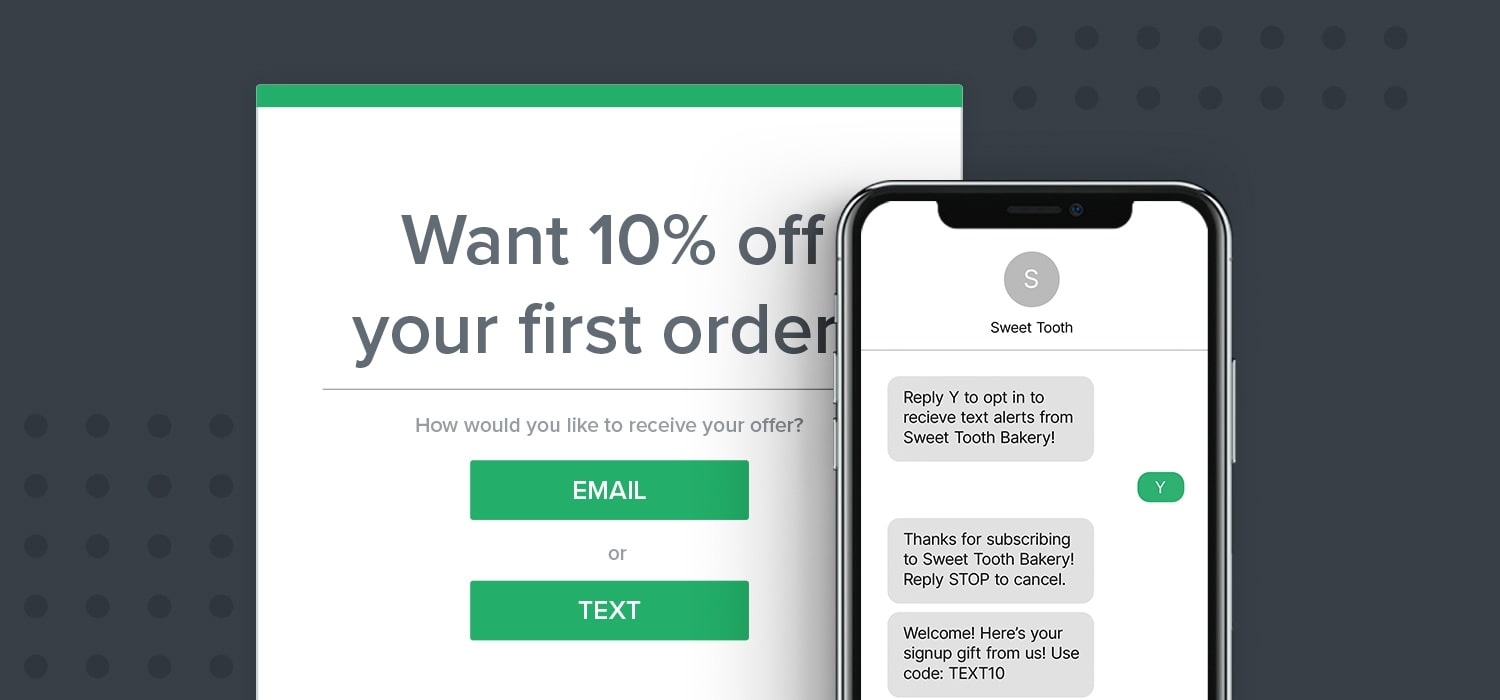
As you read this, the global population of mobile phone users and internet buyers is both growing. Messages sent by transactional SMS are preferred by customers because they are brief, to the point, and deliver the information as quickly as possible. They don’t even have to sign in or go online to receive the message. SMS marketing is one of the most effective ways for companies to communicate today, with open rates as high as 98 percent.
However, you must use this platform as frugally and strategically as possible. Automate your SMS cart recovery campaigns, but time your one-time promotional efforts so that they don’t annoy the subscriber. SMS cart recovery campaigns should be automated.
Get more reviews
Clients will conduct research online before purchasing from your website. When it comes to making a purchase from your store, who can customers put their faith in? - Customer testimonials posted on websites like Amazon and Yelp.
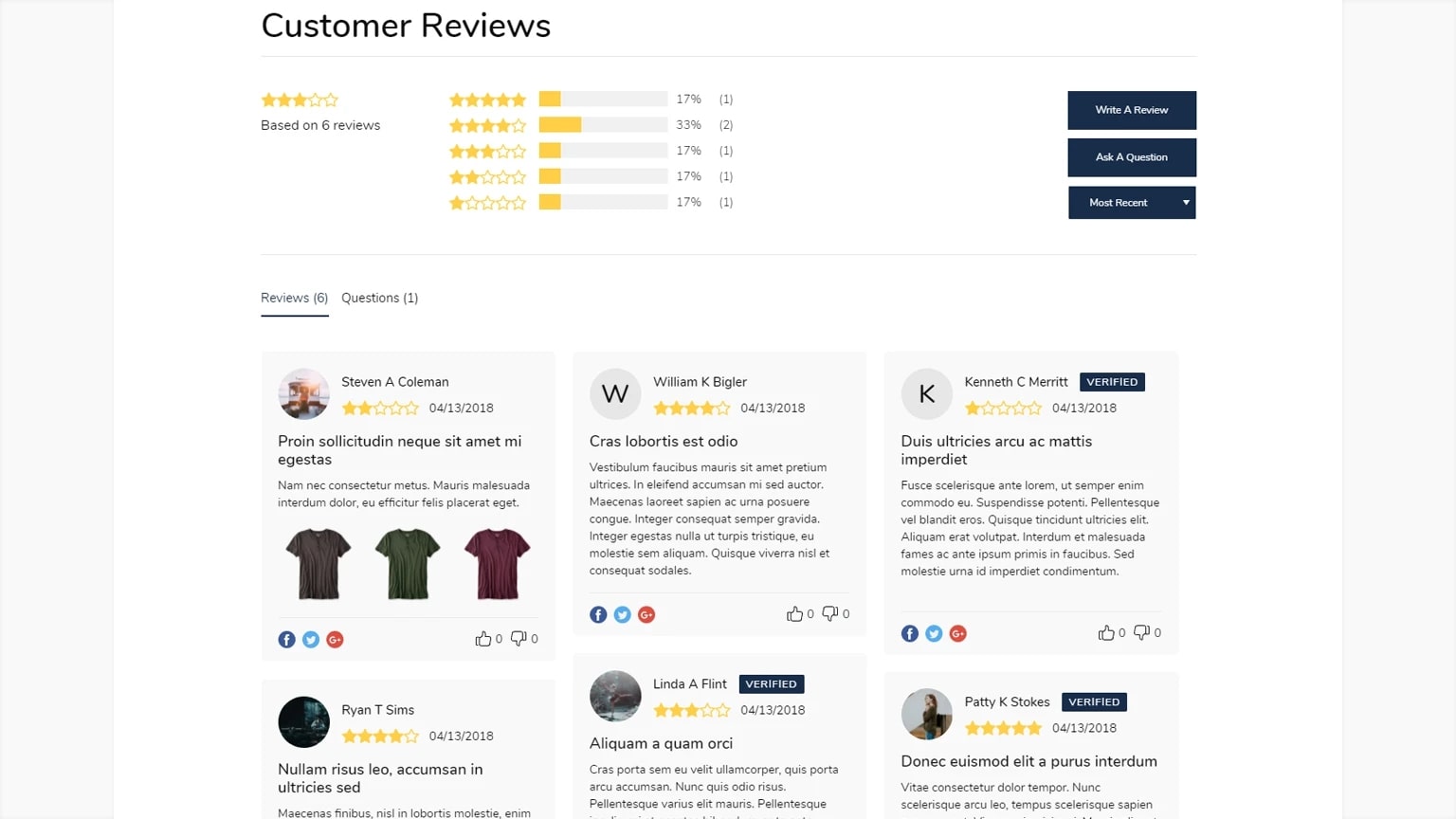
A customer will be willing to check out if your product is worth buying after reading reviews on other e-Commerce sites, private reviews from other blogs, or any sort of review aggregation service. Consider doing so, encourage more positive feedback for your business and its goods or services, and aid your clients in developing confidence in what you have to offer.
Customers who are happy and satisfied are less likely to submit reviews, whereas unhappy and rude customers are more likely to do so. Remind your customers to post a review to encourage them to do so. Feature CTAs on your website to make it crystal clear. It’s also possible to reward customers for “writing a review” with loyalty points if you’re utilizing a loyalty program. Alternatively, you might encourage your consumers to post more reviews by utilizing review-gathering tools.
Collaborate with other brands or influencers
Over the years, influencer marketing has grown into a multibillion-dollar industry. Additionally, leveraging industry influencers’ authority can significantly boost eCommerce sales.
Retailers can use the power of social media influencers in a few different ways. The most frequent technique for retailers is to work with influencers to make sponsored articles. Influencers can be featured in commercials or asked to blog about the brand.
Micro-influencers appear to be the future of influencer marketing because merchants don’t have to spend a fortune booking high-profile superstars. Because of this, customers frequently regard micro-influencers as being more genuine than many of today’s social media celebrities. Because these people aren’t as wealthy, businesses can afford to hire only a small number of them for their Shopify marketing campaign to reach a small but highly engaged audience.
Alternatively, you may look into collaborating with other businesses. Most businesses see the competition as a threat. However, the truth is that collaborations allow you to cross-market with one another and reach a larger audience.
Start an affiliate marketing campaign

As more consumers show an increased interest in online buying, affiliate marketing has become a popular method for driving sales. For a firm to make money with affiliate marketing, a network of brand supporters must work together to promote the company’s goods in exchange for a fee. You can sell more products on Shopify by hiring influencers who can help you reach more customers.
However, selecting an affiliate partner is only one aspect of the equation. Before you accept a collaboration, think about the following ideas:
- Increase the commission rate to tempt customers (based on the industry average and your financial capabilities)
- Check to see that your affiliate program’s rules and policies are crystal clear.
- Ensure that affiliates have relevant product materials to work with.
- Develop a strong bond with freebies.
- Be available to them if they require you
Final Words
It’s impossible to use a marketing strategy that will work for everyone when it comes to promoting your company’s brand online. Understanding what your customers anticipate from your brand and implementing strategies that appeal to their desires are some of the things we advocate. Trying out different tactics one at a time is a fantastic way to see what works best for you. Before you take on anything new, make sure you measure the impact of everything you do.
When it comes to beginning an e-commerce business, Shopify tries to protect its customers as much as possible. Although they make it simple to set up and run an online store, there isn’t much they can do to draw in clients. Although eCommerce marketing is more open-ended than other fields, don’t let it discourage you. Take advantage of this and design a marketing plan that appeals to your unique selling points.
New Posts

How To Set Up Google Analytics 4 For Your BigCommerce Store






